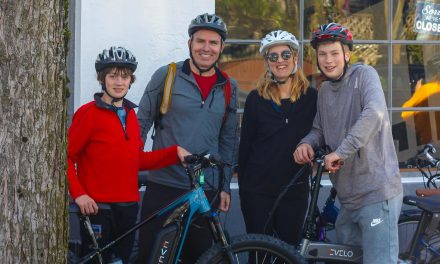Drs. Richard Larouche and Mark Tremblay are co-authors on a paper, “Correlates of Active School Transport Immediately Before and After the Transition from Primary to Secondary School,” that was recently published in the Journal of Applied Research on Children: Informing Policy for Children at Risk. Citation details and a summary of the paper are below.
Larouche R, Faulkner G, Tremblay MS. Correlates of Active School Transport Immediately Before and After the Transition from Primary to Secondary School. Journal of Applied Research on Children: Informing Policy for Children at Risk: Vol. 4: Iss. 2, Article 4.
ABSTRACT: The transition from primary to secondary school is a major life event associated with large decreases in physical activity levels. Cross-sectional studies also suggest that secondary school students are less likely to engage in active school transport (AST; e.g. walking and cycling to/from school). To our knowledge, no longitudinal study has previously examined the correlates of AST immediately before and after the school transition. This pilot-study assessed: 1) the concordance between child- and parent-perceived barriers to AST (with Spearman correlations); 2) the associations of AST with child- and parent-perceived barriers to AST, parental neighborhood selection factors and socio-demographic characteristics (using Fisher’s exact test). Participants were recruited in four K-6 schools (where children are required to change school after grade 6) located in census tracts with varying population density in Ottawa (Canada). All assessments were done at baseline and follow-up with respectively 49 and 29 participants. Substantial concordance was found between child- and parent-perceived barriers to AST at baseline, but not at follow-up; this might reflect the novelty of the route and the secondary school environment. Distance between home and school was the strongest barrier to AST while road safety concerns and the perception of having too much stuff to carry were also important barriers to AST. Children were more likely to engage in AST when their parents reported that they chose their neighborhood so that their children could easily walk or bike to school; thus future studies should take parental neighborhood selection into account. These findings should contribute to inform future research informing the development of policies and interventions to promote AST.
Click here to download a copy of the paper for free.





